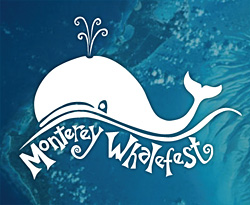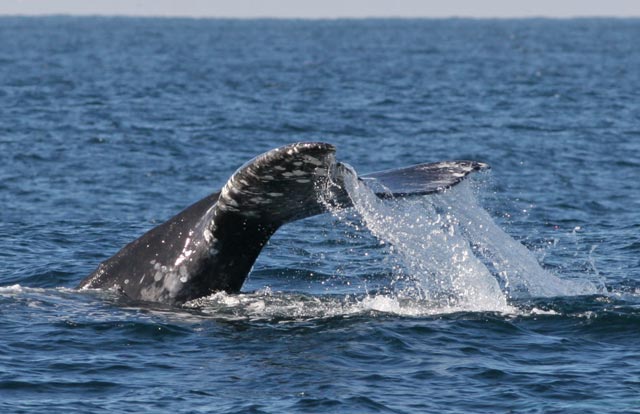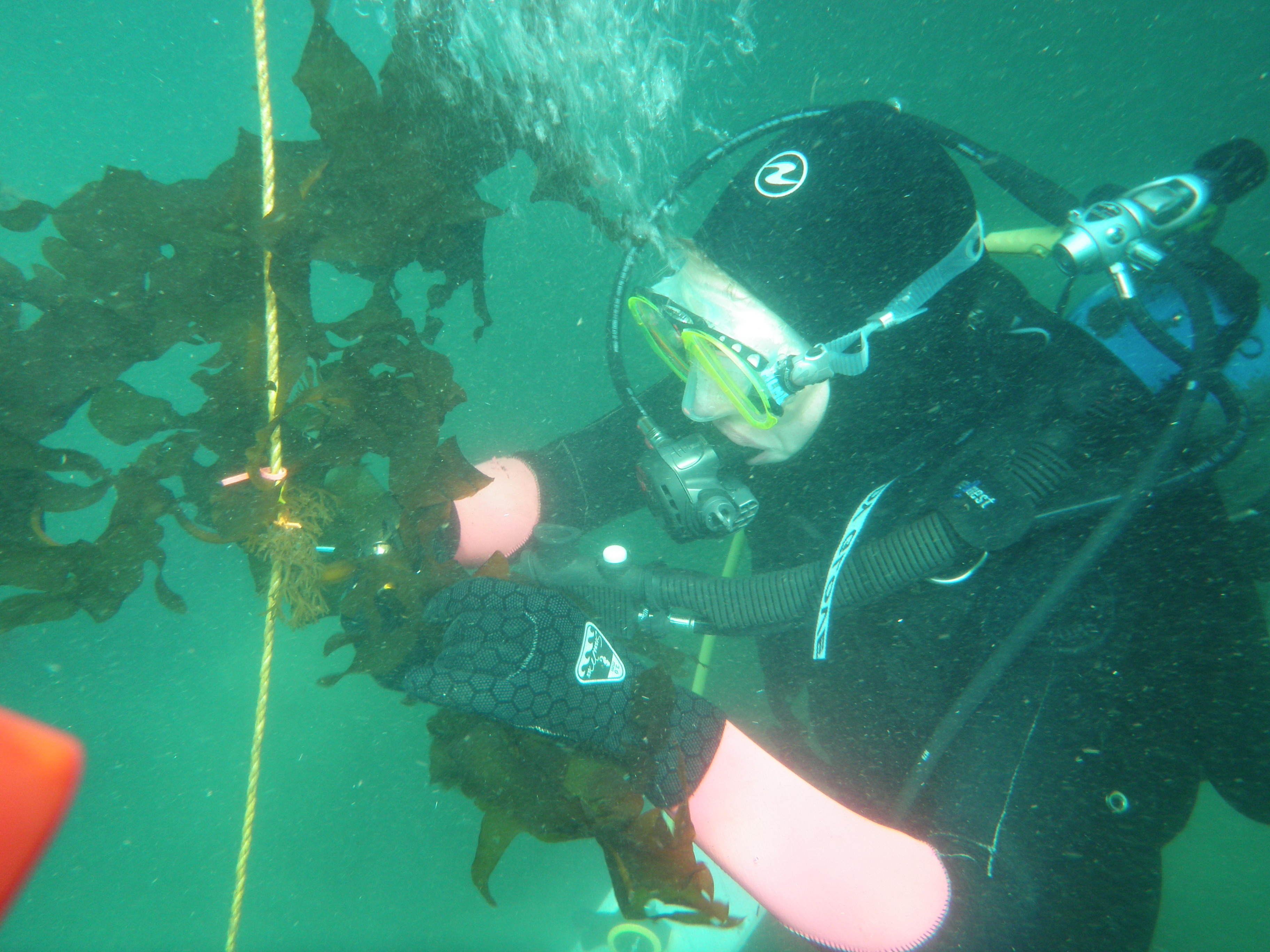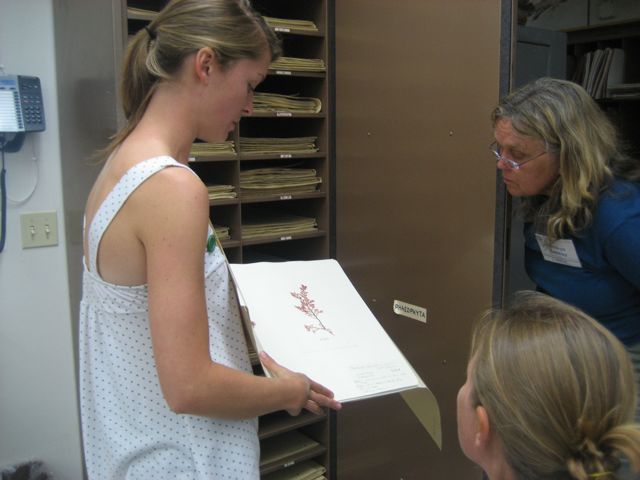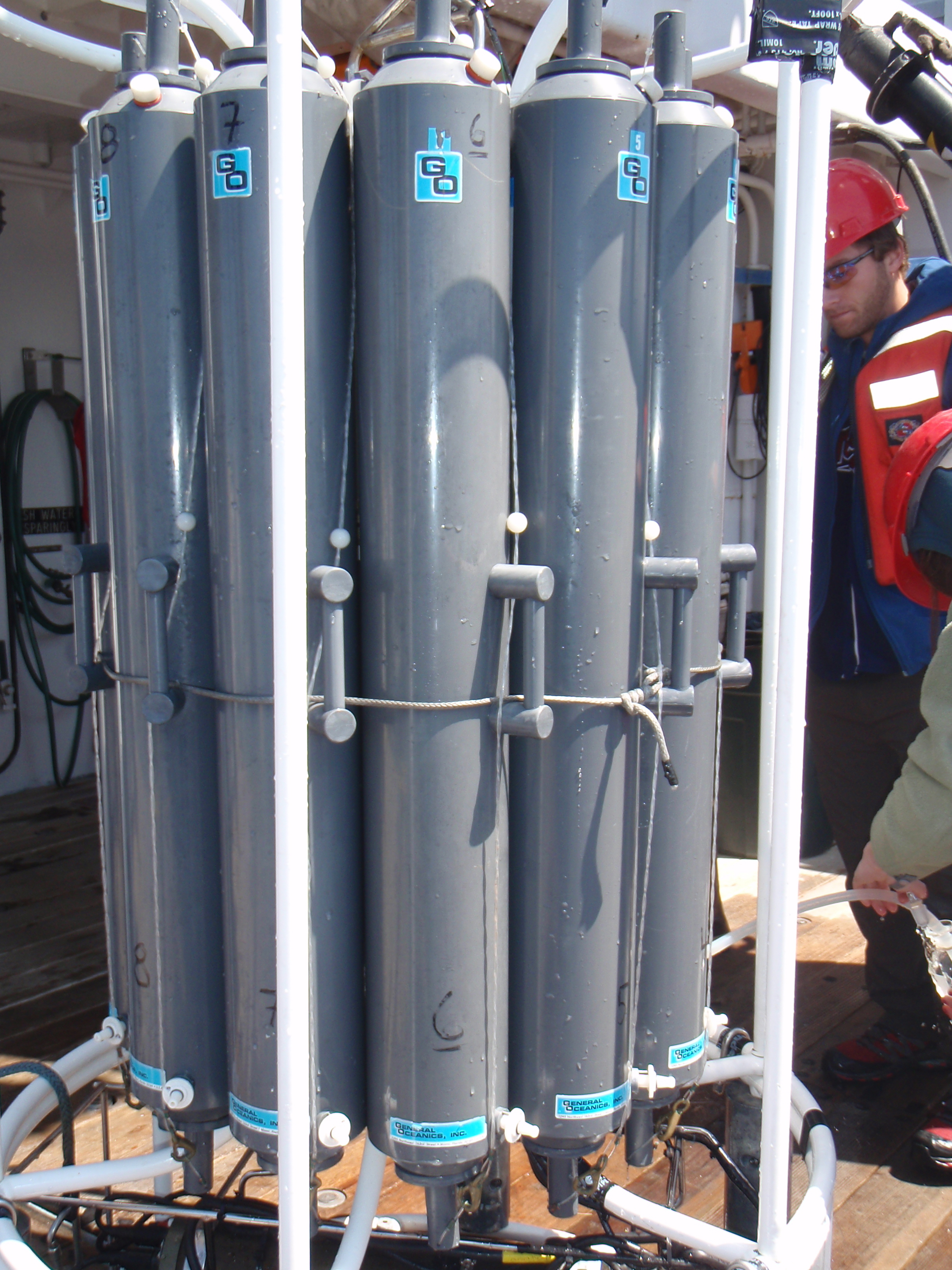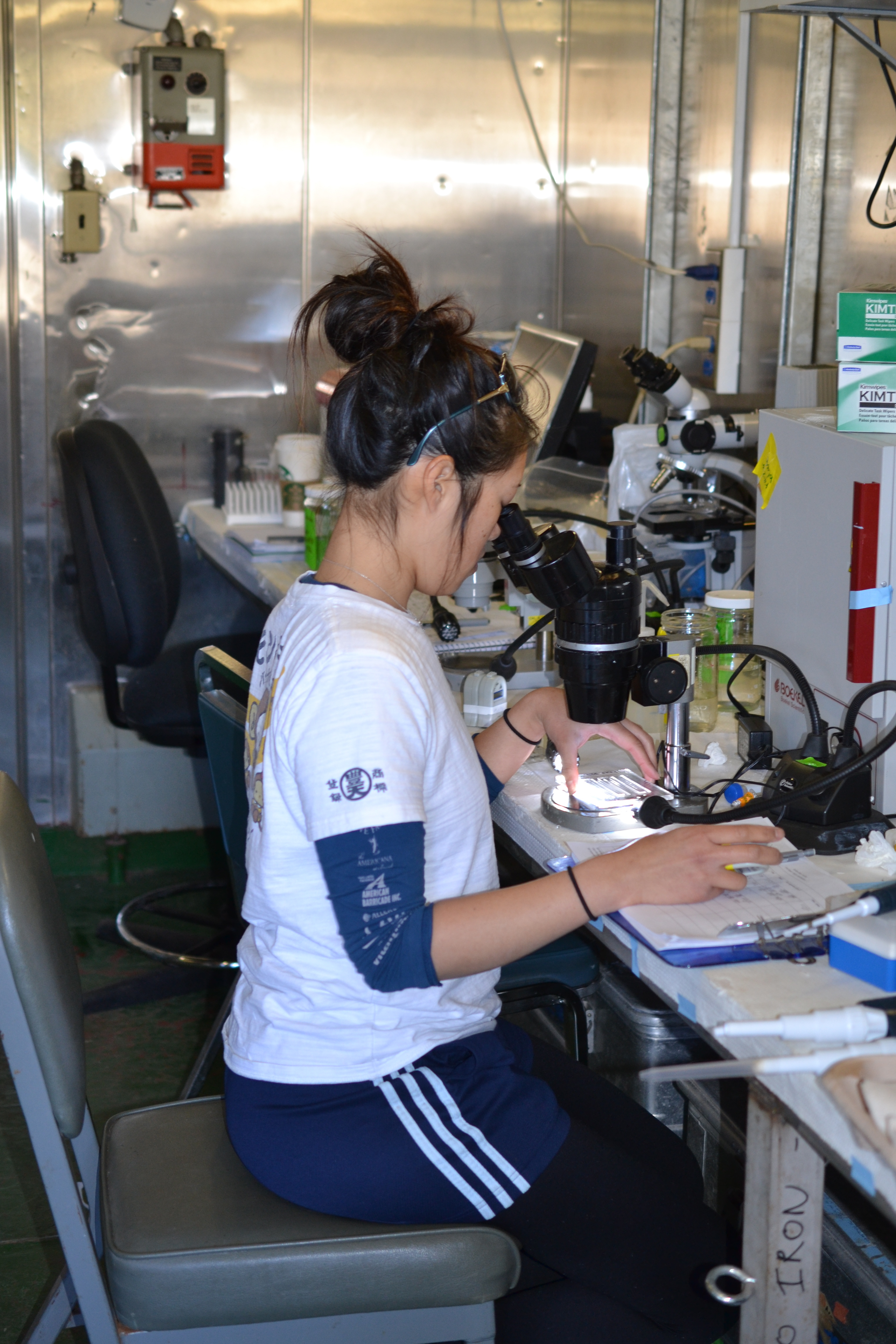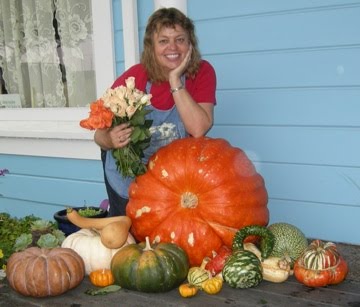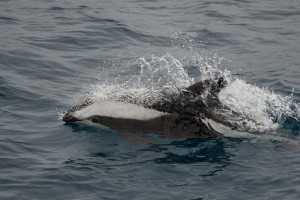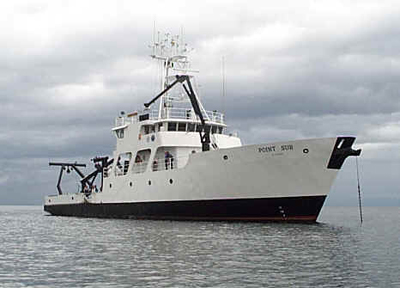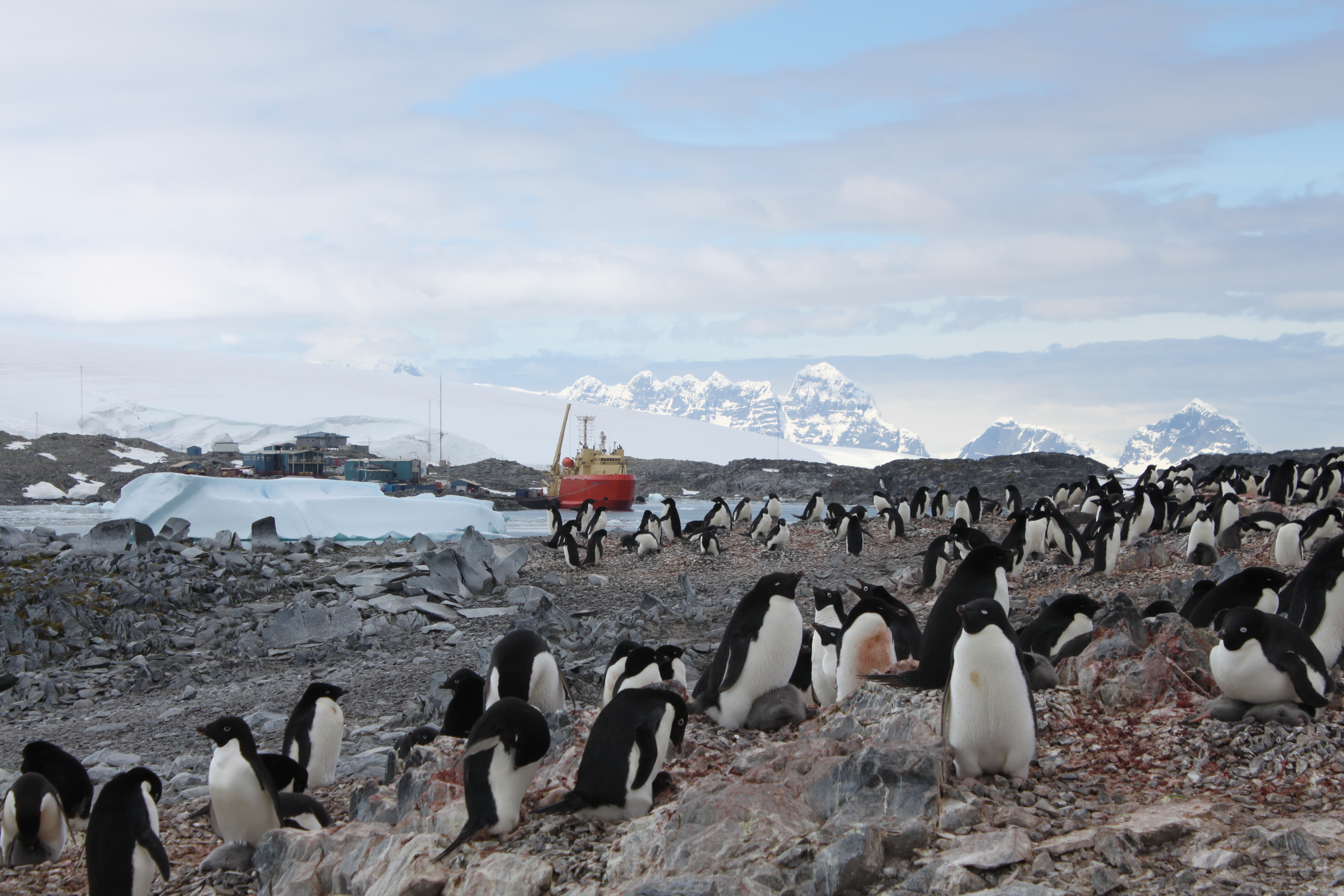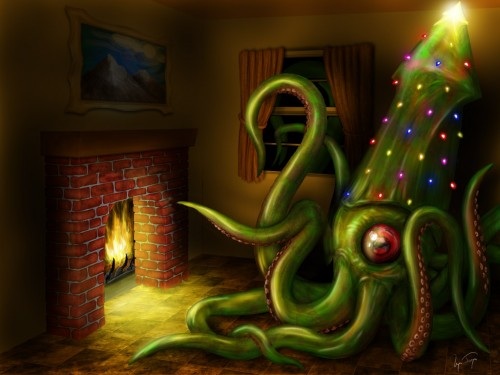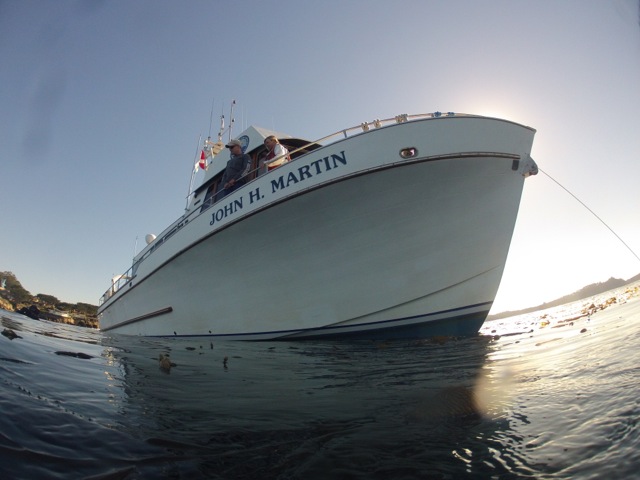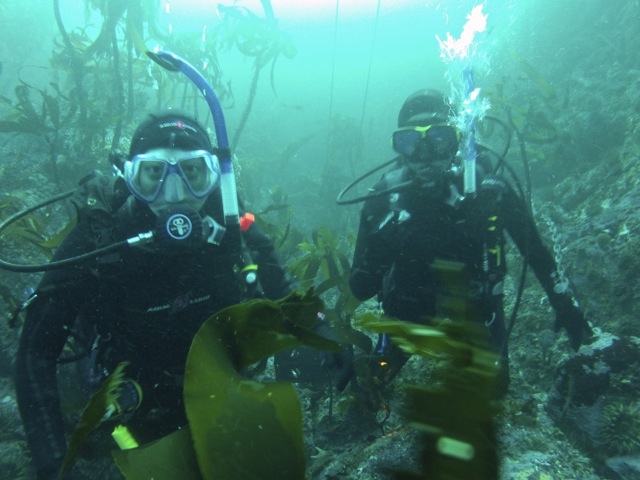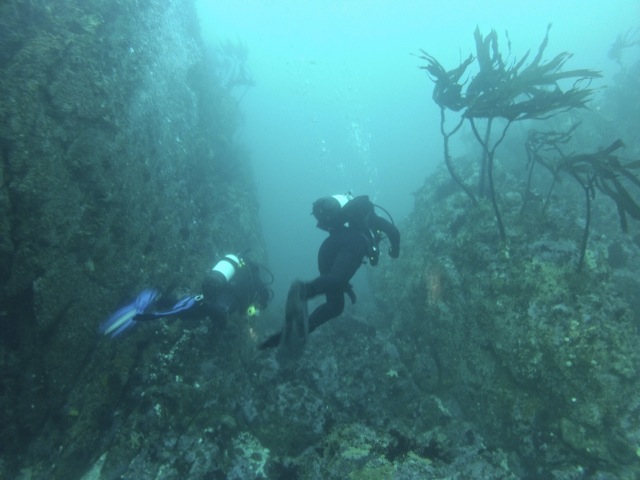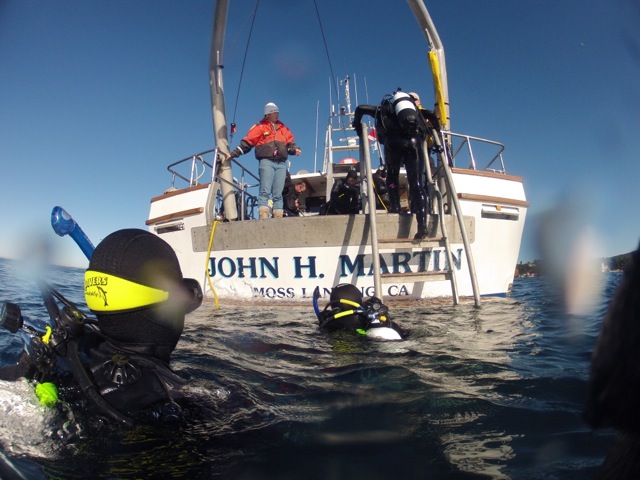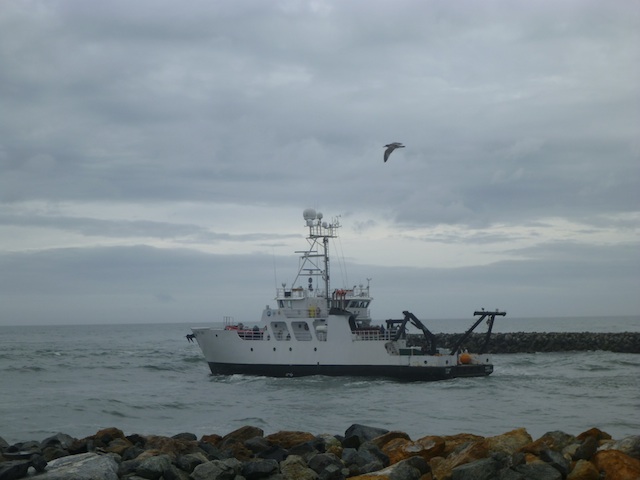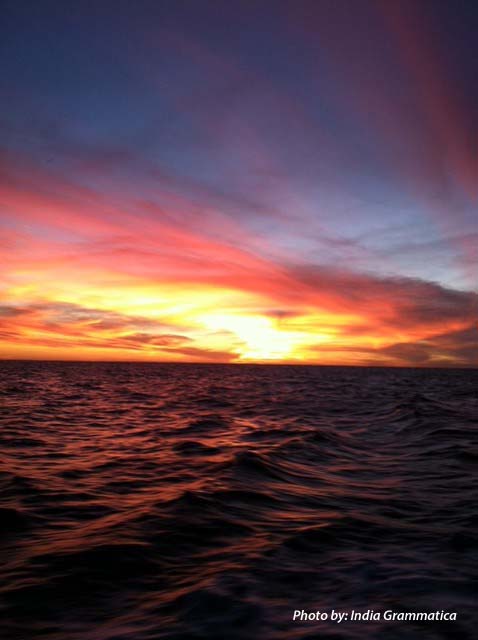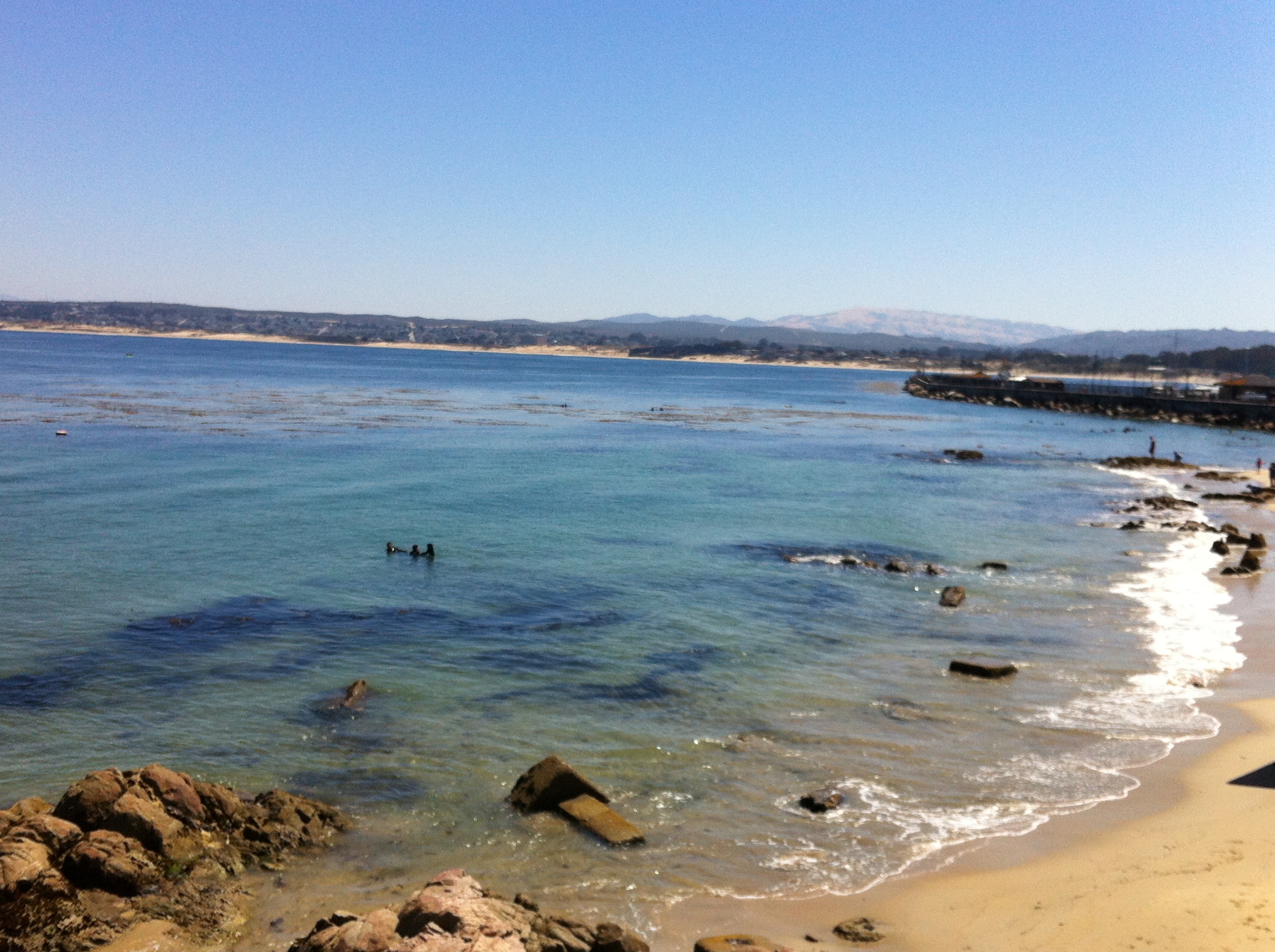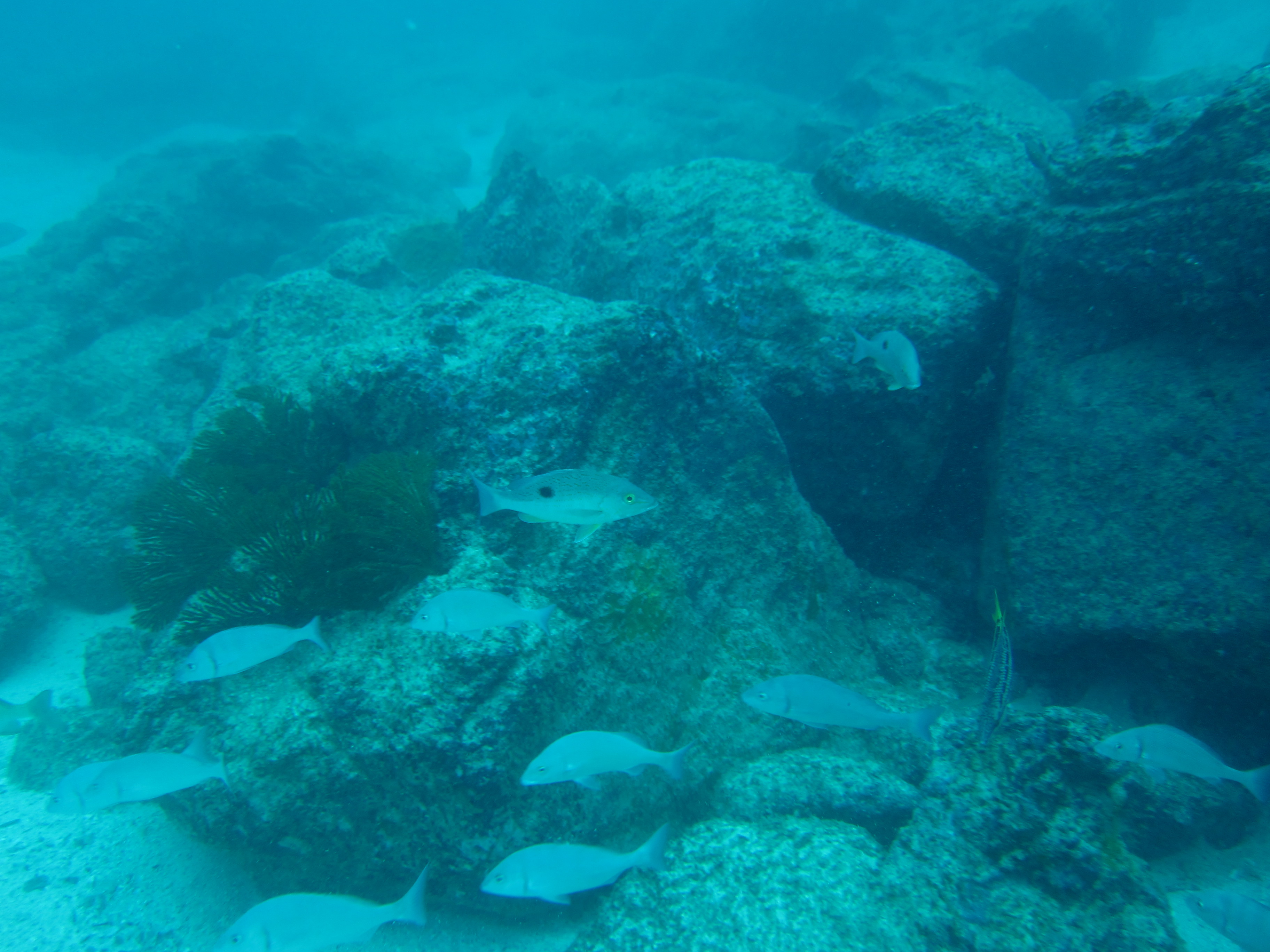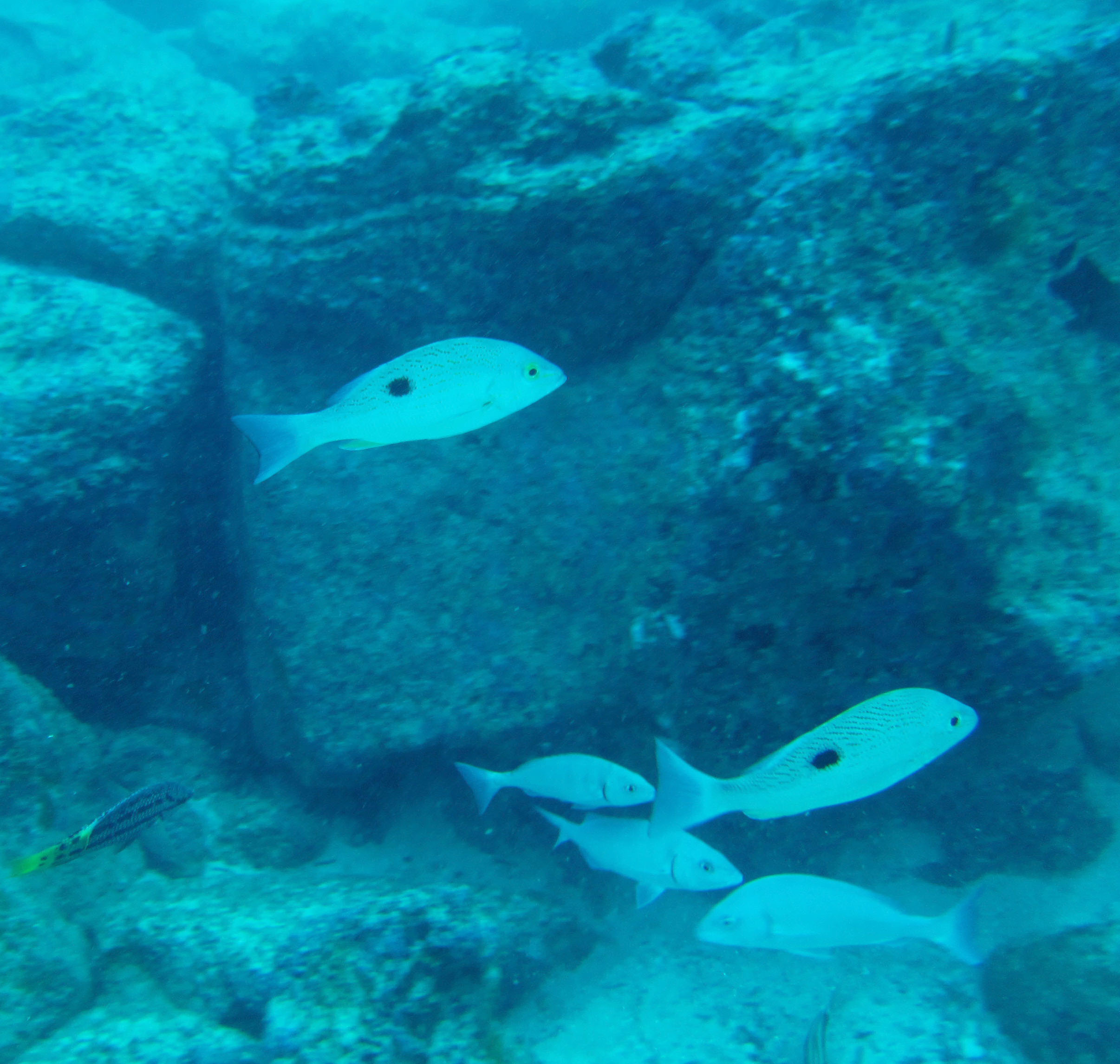When one applies to graduate school, they may have found the perfect professor that they would ideally like to work with. Sometimes the two of you hit it off great and they would love to have you in their lab, but there is one thing that stands in the way: funding. It is relatively uncommon that a professor takes on a graduate student in their lab if they cannot provide funds for them through the college or through private funds. There is one way to get past this, however, without having to work and go to school part time or going into debt – find your own funding.
Typically professors fund students through one of two ways, a teaching assistantship (TA) or a research assistantship (RA). The responsibilities of these two jobs vary from institution to institution and even from department to department. Each has their own perks, but simply from what I have seen, an RA is certainly preferable to a TA. Sometimes departments even help each other out if a graduate student is qualified to TA a certain course even if it is not directly in their specified field. At my undergraduate institution for example, students in the Plant Biology department were able to TA the intro courses in the Biology department because they are qualified to assist with teaching that class and the associated lab.
While TAs are very useful in that they allow you to get paid while being a graduate student, they often require a lot of time grading for the class they are assigned. In the sciences, the graduate students with TAs usually help with grading homeworks, tests, quizzes, and oftentimes they teach labs associated with the class they are assigned. TAs, however, can sometimes only last a certain time period. My friend had been supported through a TA and though it provided her with enough money during the school year, she had zero forms of income throughout the summer because only a handful of graduate students were needed to assist with the smaller class. Additionally, TAs may only last a semester.
RAs can be just as time intensive as TAs and bring about many of the same uncertainties. While no teaching is involved with most RAs, you are still working. Just instead of being involved with the teaching side of academia, you are involved with the research side as a laboratory technician of sorts. Some professors allow your work for the RA to be directly related to your thesis while others require that they be completely separate.
